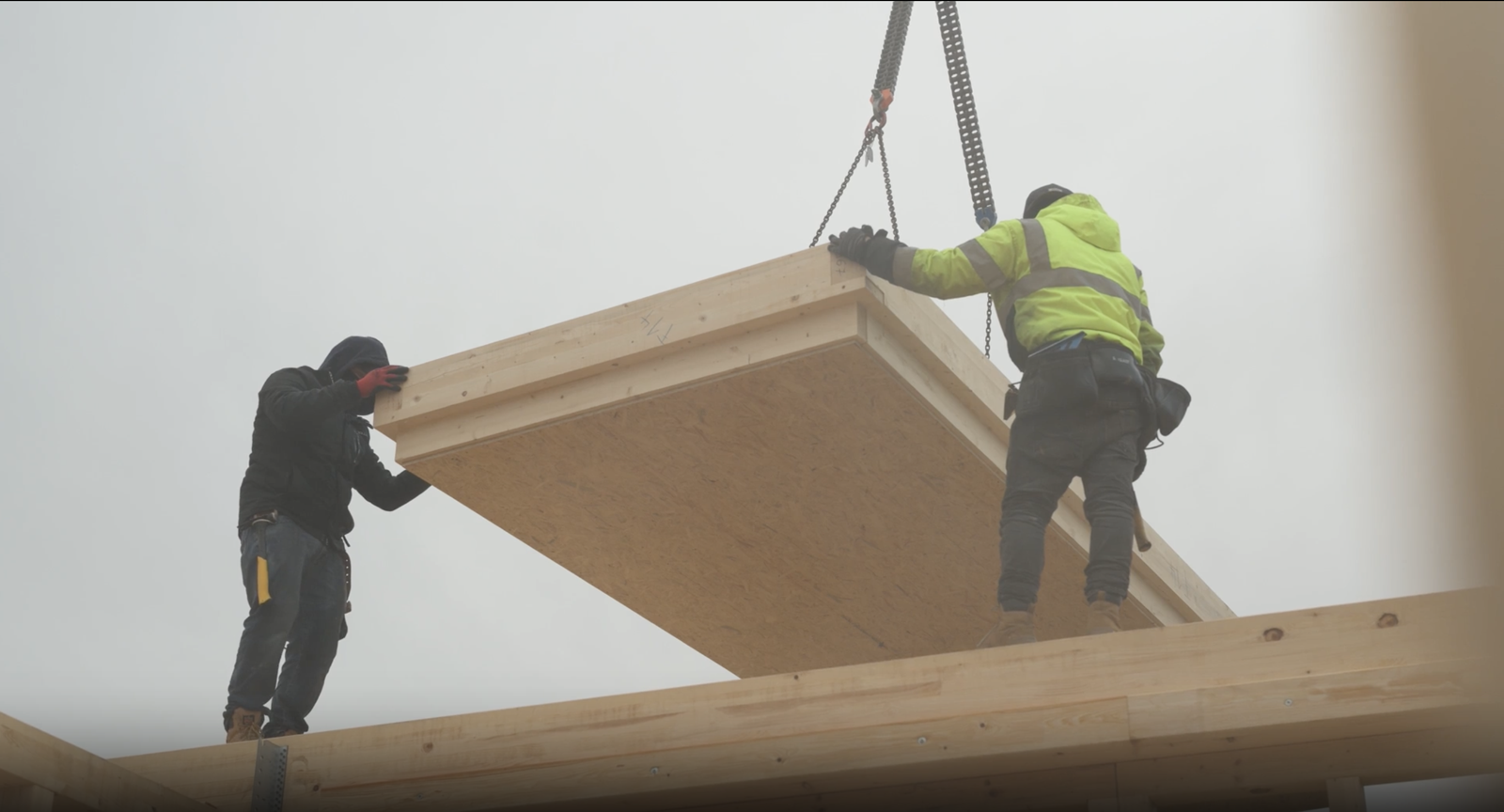
When the winds die down, the floodwaters recede, and the flames are finally out, people take notice of the homes still standing. Why that one? Was it just luck? Maybe. But more often, it’s because that home was designed and built to withstand the disaster.
“A home is not a fortress, but we can build them to take a hit and still be livable,” says BuildLabs founder Punit Chugh. “Indestructible is the goal, but not always realistic. But recoverable? That’s smart. That’s what keeps people safe. It’s how we get families back on their feet faster, with fewer setbacks and less loss.”
From wildfires and floods to hurricanes and quakes, today’s homes must be built to endure more than everyday use. Resilient construction not only protects homes, but also lives. It slashes recovery costs and helps communities bounce back faster. As climate volatility increases, building smarter (and stronger) from the start is no longer a luxury – it’s an absolute necessity.
At BuildLabs, we design and build for the long haul. Our industry-leading 100-year guarantee reflects that commitment. It’s a promise backed by engineering, foresight, and intention. While sustainability is a cornerstone of our work, resilience is just as critical because a home isn’t truly sustainable if it can’t withstand the unexpected.
Below, we break down the key considerations, materials, and strategies that go into building homes that last.
What makes a Home Resilient?
A resilient home is engineered to absorb impact and recover quickly from disasters like hurricanes, earthquakes, floods, and wildfires. It starts with smart planning: positioning the home away from flood zones, raising foundations, and orienting windows and roofs to reduce wind vulnerability. Building materials matter too. Reinforced concrete walls, fire-resistant cladding, and impact-rated windows go a long way.
Continue Reading: Guide to Building a Resilient Structure for Home: Strategies for Natural Disasters


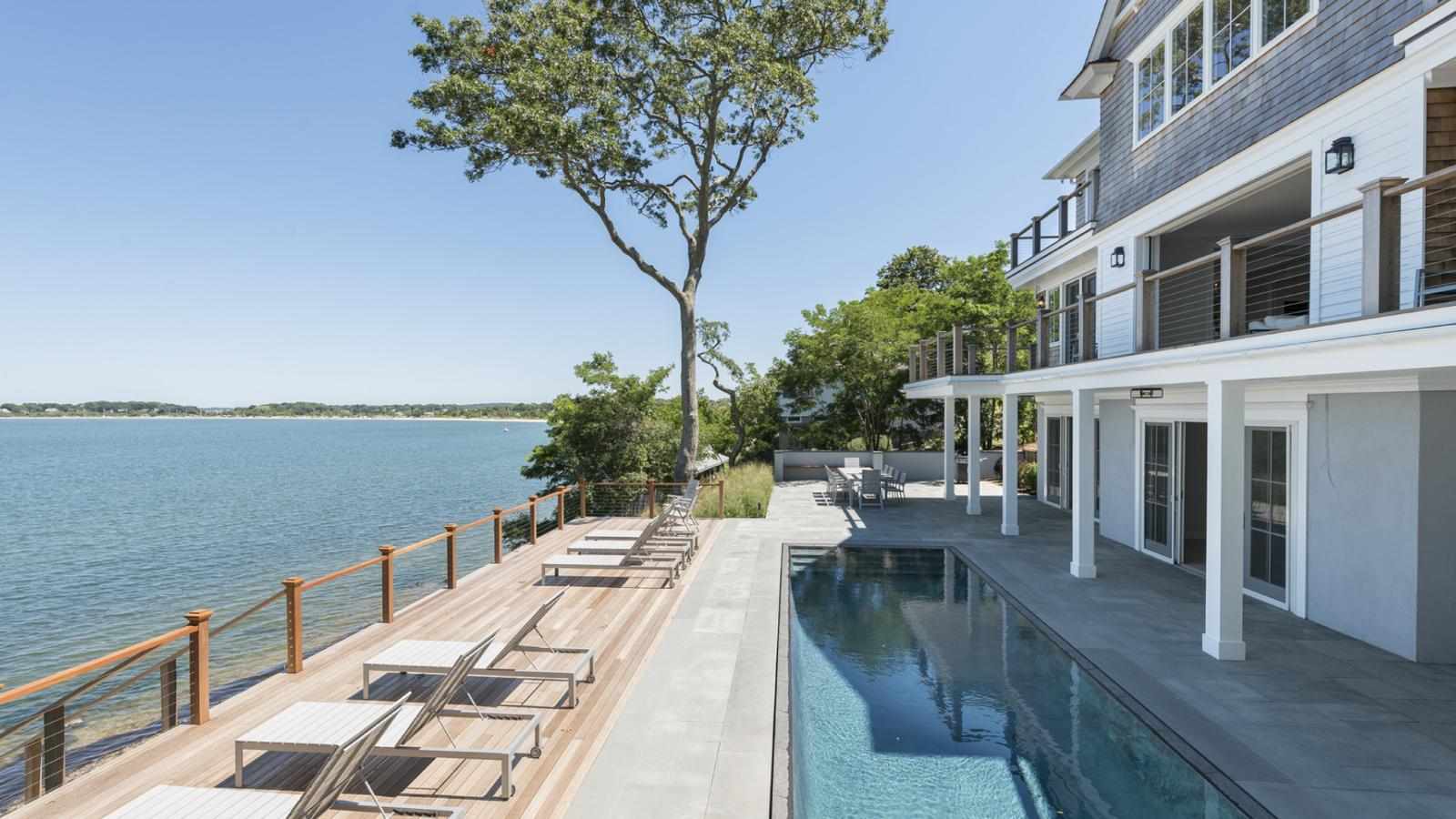

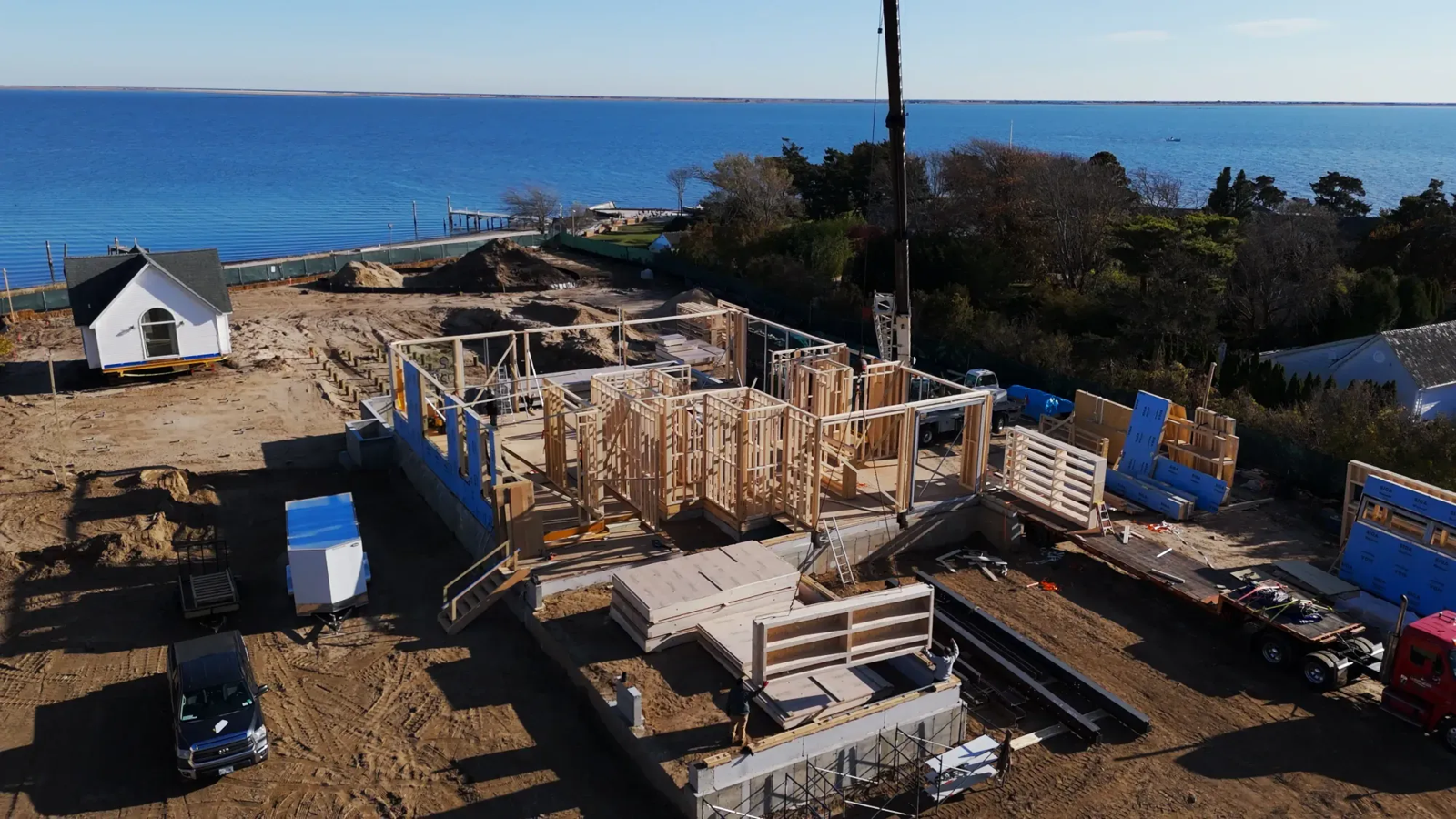
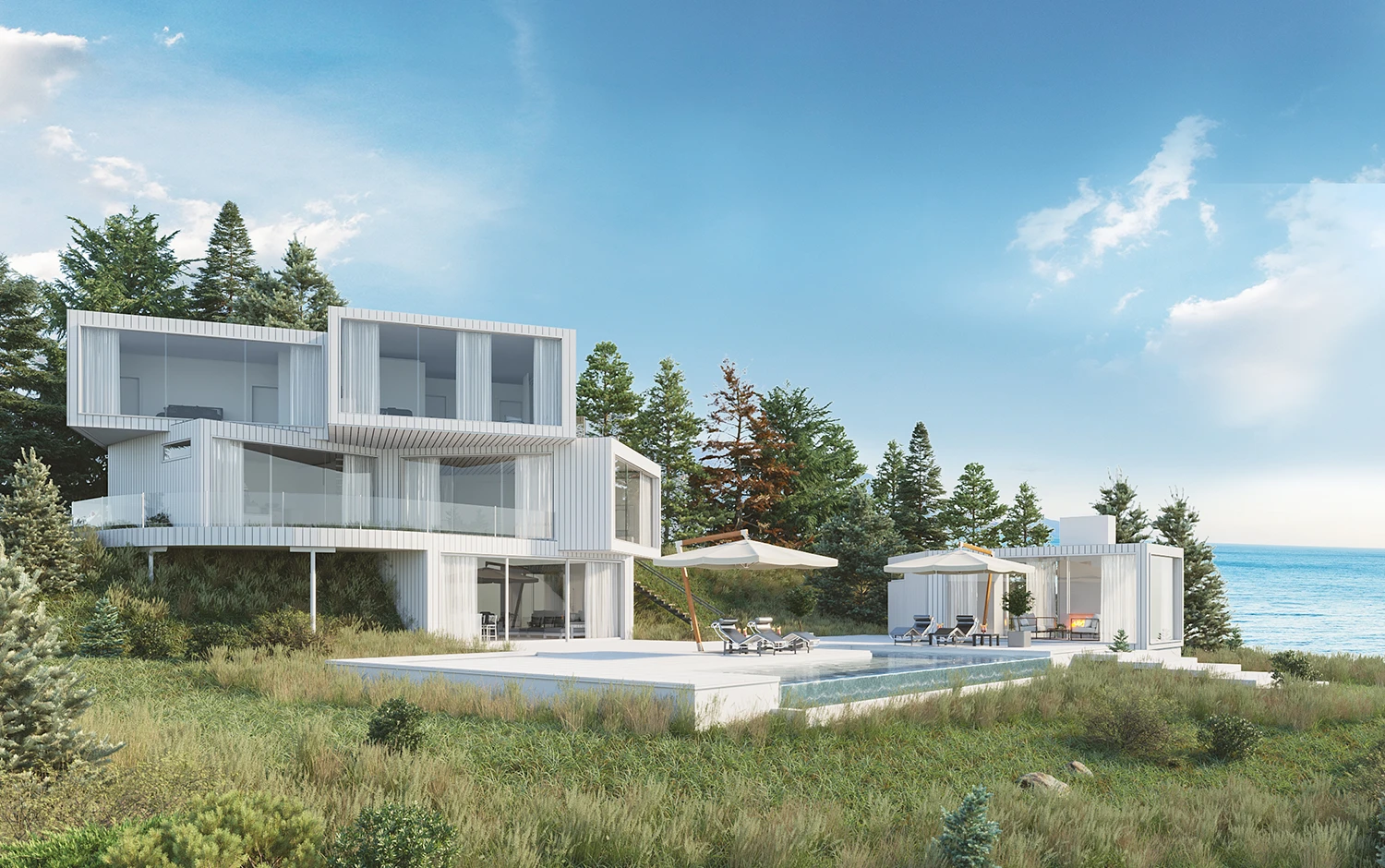

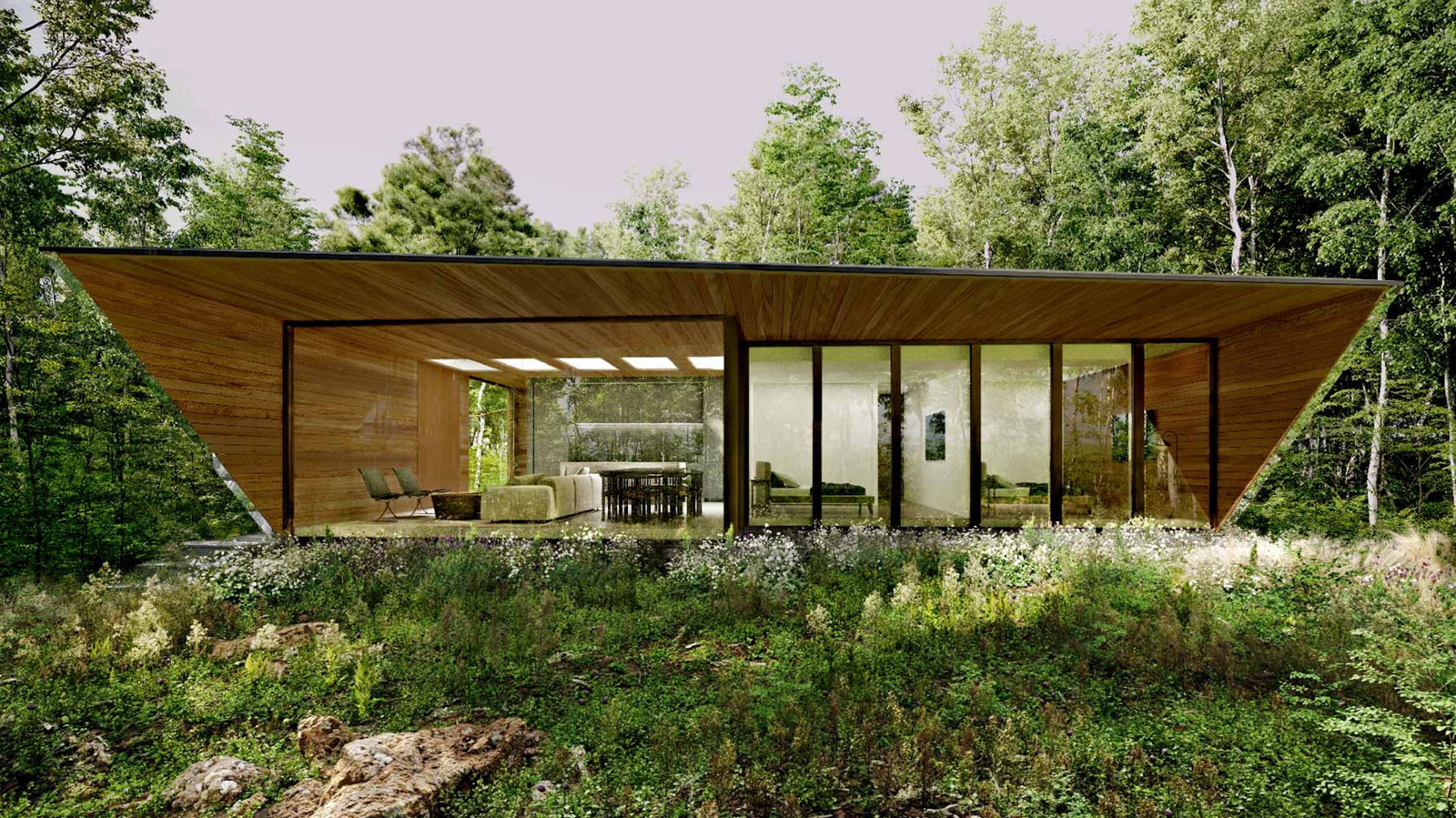
Write a comment ...